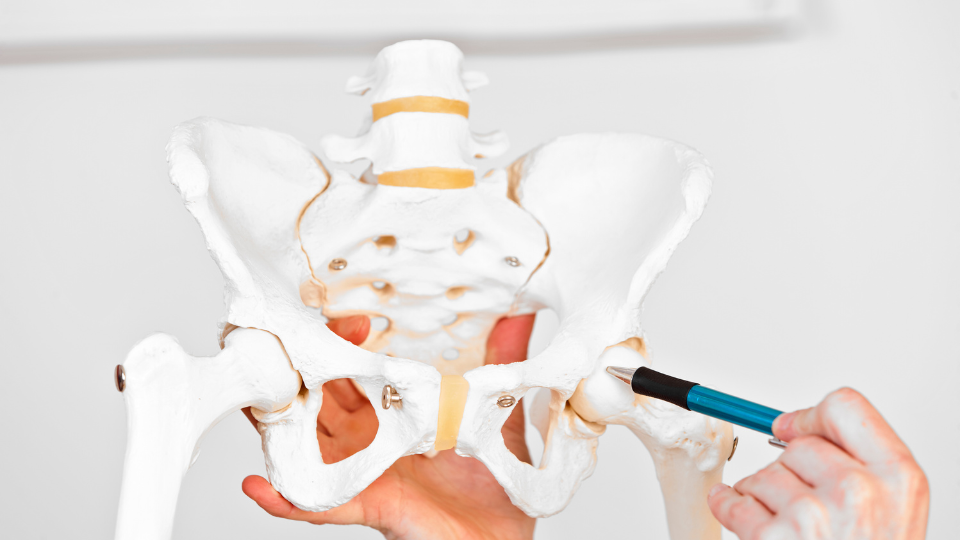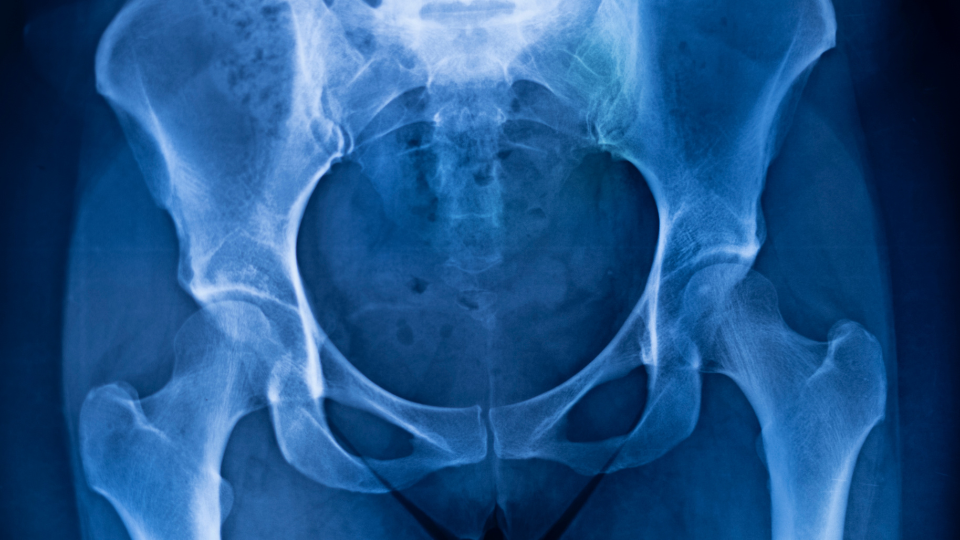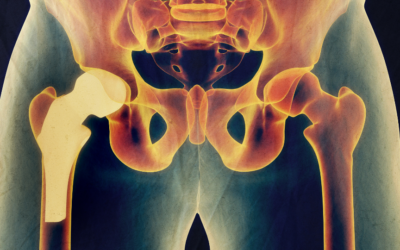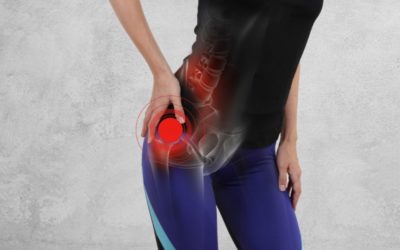If you’ve been recommended for a hip replacement, chances are you’re feeling overwhelmed by the amount of information out there. With so many types and brands available, it can be difficult to determine which option is right for you. While your doctor will ultimately decide which ones suits your needs best, understanding some of the pros and cons of different models can help ensure you make an informed decision that meets your specific lifestyle requirements. In this blog post we’ll explore various aspects of different hip replacements – from implant materials to longevity – to give you the insight necessary to select an ideal choice.
As a general rule, the best hip replacement varies per individual needs and surgeon’s skill. Options: 1) Total Hip Replacement; 2) Hip Resurfacing; 3) Anterior Approach; 4) Posterior Approach. Consult an orthopedic surgeon for tailored advice.
What is Entailed in a Hip Replacement?
Before we delve into the different types of hip replacements available, it’s essential to understand what a hip replacement is. A hip replacement is a surgical procedure in which a damaged or worn hip joint is replaced with an artificial joint. The prosthetic joint is designed to mimic the movement of a natural hip joint, allowing for improved mobility and pain relief.
I’ve written a complete hands-on review about the best seat cushion after hip surgery, and here are some of the shocking issues I ran into in this post!
Traditional Total Hip Replacement
The traditional total hip replacement is the most common type of hip replacement surgery performed. During the procedure, the head of the femur is removed, and a metal or ceramic ball is attached to a metal stem. The stem is inserted into the femur, and a plastic or metal socket is placed in the pelvic bone. The ball and socket are designed to mimic the movement of a natural hip joint, allowing for improved mobility and pain relief.
Pros of Traditional Total Hip Replacement
- The surgery has a high success rate and has been used for decades.
- The prosthetic joint is durable and long-lasting.
- Patients typically experience a significant reduction in pain and improved mobility.
All Day Comfort & Support
Cons of Traditional Total Hip Replacement
- The surgery is invasive and requires a lengthy recovery period.
- There is a risk of dislocation or infection following the surgery.
- The prosthetic joint may wear out over time, requiring a revision surgery.
Hip Resurfacing
Hip resurfacing is a type of hip replacement that involves reshaping the damaged or worn hip joint rather than removing it entirely. During the procedure, the head of the femur is trimmed down, and a metal cap is placed over the top of the bone. A metal socket is also inserted into the pelvic bone.
Pros of Hip Resurfacing | Anterior Hip | Posterior Approach | Posterior Hip
- The surgery is less invasive than traditional total hip replacement surgery.
- The prosthetic joint is designed to mimic the movement of a natural hip joint, allowing for improved mobility and pain relief.
- Patients typically experience a significant reduction in pain and improved mobility.
Axial Ergonomic Seat Cushion® | Seat Chair Wedge
Quick Guide: A 30-Second Summary
Cons of Hip Resurfacing
- The procedure is unsuitable for all patients, as it requires a certain amount of healthy bone in the femur.
- There is a risk of the metal cap loosening or breaking over time, which may require revision surgery.
- Hip resurfacing is not recommended for patients with metal allergies.
Minimally Invasive Total Hip Replacement
Minimally invasive total hip replacement is a type of hip replacement surgery that involves smaller incisions and less damage to the surrounding tissue. During the procedure, the damaged or worn hip joint is removed and replaced with a prosthetic joint, similar to traditional total hip replacement surgery.
Pros of Minimally Invasive Total Hip Replacement
- The surgery is less invasive than traditional total hip replacement surgery, resulting in a shorter recovery time.
- There is less blood loss during the procedure.
- Patients typically experience a significant reduction in pain and improved mobility.
Cons of Minimally Invasive Total Hip Replacement
- The procedure can be more challenging for surgeons to perform.
- There is a higher risk of complications during the surgery.
- The prosthetic joint may wear out over time, requiring revision surgery.
Robotic-Assisted Hip Replacement
Robotic-assisted hip replacement is a newer type of hip replacement surgery that involves using a robotic arm to assist the surgeon during the procedure. The robotic arm is controlled by the surgeon, who uses it to make precise cuts and placement of the prosthetic joint.
Pros of Robotic-Assisted Hip Replacement
- The surgery is more precise and accurate than traditional total hip replacement surgery.
- The robotic arm allows for a smaller incision and less damage to surrounding tissue.
- There is a lower risk of complications during the surgery.
Cons of Robotic-Assisted Hip Replacement
- The procedure can be more expensive than traditional total hip replacement surgery.
- Not all hospitals and surgeons offer a robotic-assisted hip replacement.
- The long-term durability of the prosthetic joint is not yet known.
Hip Replacement Materials
In addition to the different types of hip replacements, there are also various materials used in the prosthetic joint. These include:
- Metal-on-metal: where both the ball and socket are made of metal.
- Metal-on-polyethene: where the ball is made of metal, and the socket is made of plastic.
- Ceramic-on-polyethylene: where the ball is made of ceramic, and the socket is made of plastic.
Each material has its own benefits and drawbacks, and the choice of material may depend on factors such as age, activity level, and personal preference.
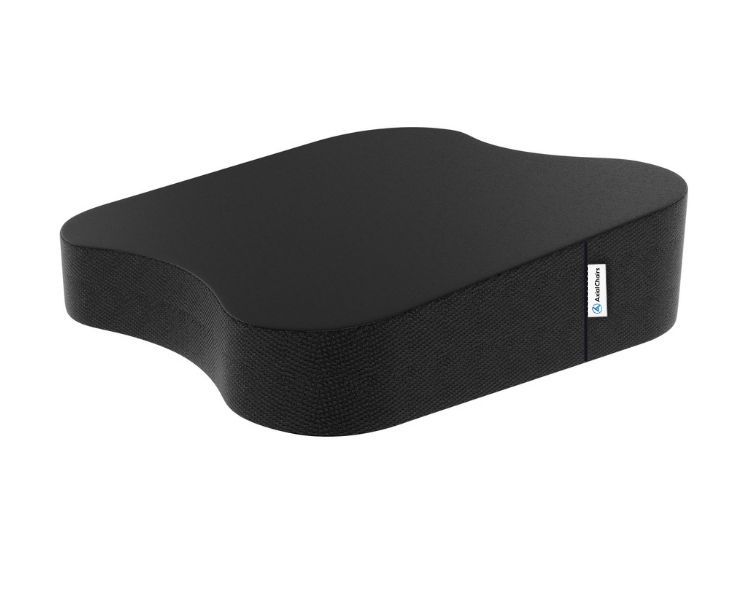
All Day Comfort & Support
Product Name
Axial Designs™ Seat Cushion
Price
$149
Warranty
1 Year
Type
Posture Wedge
Top Layer
100% Natural Latex (Molded)
Bottom Layer
High-Density Foam
Top Material
Isometric Grippy Vegan Leather
Bottom Material
Non-Slip Material
Side Material
3D Breathable Fabric
Choosing the Best Hip Replacement for Hip Arthritis
Choosing the best hip replacement depends on several factors, including the severity of the hip problem, age, activity level, and personal preference. Your surgeon will discuss the different options available and help you choose the best option for your individual needs.
It’s essential to ask your surgeon questions about the procedure, such as the expected recovery time, potential risks and complications, and the long-term durability of the prosthetic joint.
Conclusion
Hip replacements are becoming more common as people seek to improve their quality of life and alleviate the pain and discomfort associated with hip problems. There are several types of hip replacements available, each with its own benefits and drawbacks. Choosing the best option depends on individual factors, and it’s important to discuss the different options with your surgeon.
Hip Replacements FAQs
How long does it take to recover from hip replacement surgery?
Recovery time varies from person to person, but most people can expect to be back to normal activities within six to twelve weeks.
Is hip resurfacing a good option for everyone?
No, hip resurfacing is unsuitable for all patients, as it requires a certain amount of healthy bone in the femur.
Are there any non-surgical treatments for hip problems?
Yes, non-surgical treatments such as physical therapy, medication, and lifestyle changes may effectively alleviate hip pain and discomfort.
Can a hip replacement be reversed if needed?
While it is possible to remove and replace a prosthetic joint, it is a more complicated procedure and may not be suitable for all patients.
How long does a hip replacement last?
The lifespan of a prosthetic joint depends on several factors, but most hip replacements last between 15 and 20 years.
Summary
In conclusion, hip replacements can be a complicated and difficult decision and should always be discussed with your primary care physician. There are many different types of hip replacement options you can consider depending on your individual health needs. Each type comes with its own advantages and disadvantages, so it is important to carefully weigh your options before making a decision. It may be worth researching each option with the help of your doctor to determine which hip replacement is best for you. Ultimately, the goal is to find the type of surgery that will improve your quality of life in the long run. You should trust yourself and choose what best meets your personal health needs while also keeping in mind both short-term and long-term effects of each treatment.

